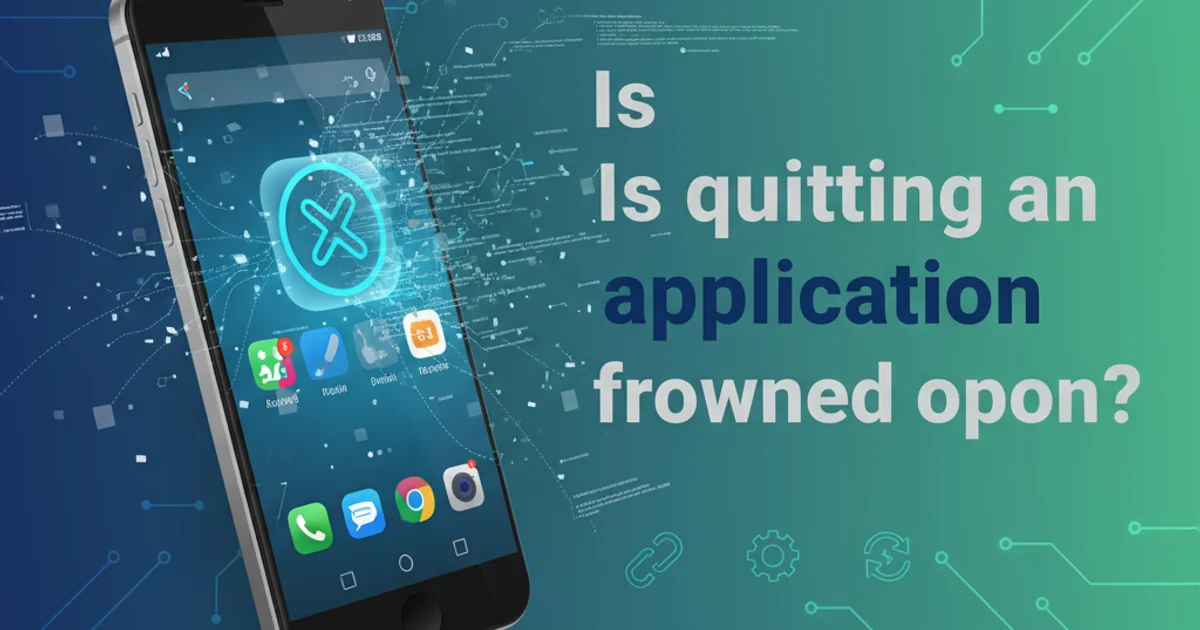Testlink-Track Integration issue
Categories:
Resolving TestLink-Trac Integration Issues

This article provides a comprehensive guide to troubleshooting and resolving common integration problems between TestLink and Trac, ensuring seamless defect tracking and test management.
Integrating TestLink with Trac can significantly streamline your software development and testing workflow by linking test cases directly to bug reports and project management tasks. However, setting up this integration often presents challenges, ranging from configuration errors to network connectivity issues. This guide will walk you through common problems and their solutions, helping you achieve a robust and reliable integration.
Understanding the Integration Mechanism
The TestLink-Trac integration primarily relies on TestLink's bug tracking system (BTS) integration capabilities. TestLink uses a configuration file to define how it communicates with external bug trackers. For Trac, this typically involves specifying the Trac XML-RPC API endpoint and authentication details. Understanding this underlying mechanism is crucial for effective troubleshooting.
flowchart TD
A[TestLink User] --> B("Create/Update Test Case");
B --> C{"Test Case Fails?"};
C -->|Yes| D[Trigger Bug Report];
D --> E("TestLink BTS Integration");
E --> F["Trac XML-RPC API"];
F --> G[Create/Update Trac Ticket];
G --> H[Trac User];
C -->|No| I[Test Case Passes];
I --> J[Update TestLink Status];Workflow of TestLink-Trac integration for bug reporting.
Common Integration Problems and Solutions
Several issues can prevent TestLink from communicating correctly with Trac. These often stem from incorrect configuration, network restrictions, or API access problems. Let's explore the most frequent culprits and how to address them.
1. Incorrect Trac XML-RPC API Endpoint
One of the most common issues is an incorrectly specified Trac XML-RPC API endpoint in TestLink's configuration. Trac's XML-RPC interface is usually available at a specific URL within your Trac project. If this URL is wrong or inaccessible, TestLink won't be able to create or update tickets.
<!-- Example TestLink config.inc.php snippet for Trac -->
<DEFAULTS>
<BUG_TRACKER_INTEGRATION>
<TRAC>
<URL>http://your-trac-server/trac/your_project/login/xmlrpc</URL>
<USERNAME>your_trac_username</USERNAME>
<PASSWORD>your_trac_password</PASSWORD>
</TRAC>
</BUG_TRACKER_INTEGRATION>
</DEFAULTS>
Example TestLink configuration for Trac integration.
/login).2. Authentication and Permissions
TestLink requires valid Trac credentials with sufficient permissions to create and modify tickets. If the provided username or password is incorrect, or if the user lacks the necessary permissions (e.g., TICKET_CREATE, TICKET_MODIFY), the integration will fail.
1. Verify Trac User Credentials
Log in to your Trac instance directly with the username and password configured in TestLink to ensure they are correct and active.
2. Check Trac Permissions
Navigate to the 'Admin' section in Trac, then 'Permissions'. Ensure the user configured for TestLink has at least TICKET_CREATE and TICKET_MODIFY permissions for the relevant project.
3. Update TestLink Configuration
If credentials or permissions were incorrect, update the config.inc.php file in TestLink with the correct details and restart your web server if necessary.
3. Network Connectivity and Firewall Issues
Firewalls, proxies, or incorrect network configurations can block TestLink from reaching the Trac server. This is especially common when TestLink and Trac are hosted on different servers or within different network segments.
To diagnose network issues, you can use command-line tools from the TestLink server.
Ping Test
ping your-trac-server-ip-or-hostname
Telnet Test
telnet your-trac-server-ip-or-hostname 80
Or 443 for HTTPS
telnet connection to port 80 or 443 (depending on your Trac setup) indicates that basic network connectivity is established. If these tests fail, consult your network administrator.